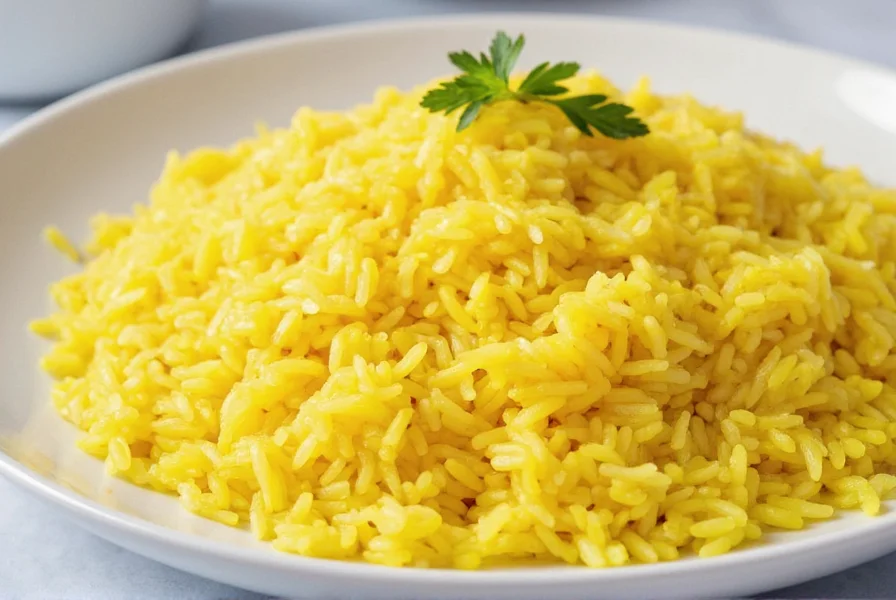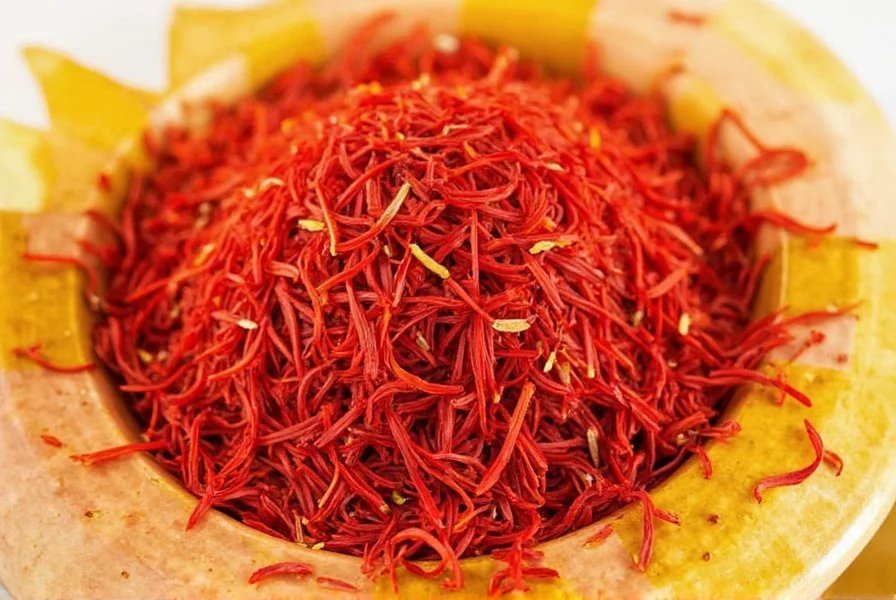Table of Contents
- Why Saffron Costs More Than Gold
- What Makes Saffron So Expensive?
- A Labor of Love: How Saffron Is Harvested
- Culinary Magic: How to Use Saffron in Cooking
- Buying Guide: Choosing Quality Saffron
- Beyond Flavor: Health Benefits of Saffron
- Saffron Alternatives: When Budget Matters
- Frequently Asked Questions About Saffron
- Final Thoughts: The Golden Touch Worth Every Penny
Why Saffron Costs More Than Gold
Saffron is the world's most expensive spice due to its extreme labor-intensive harvesting process. It takes approximately 75,000 crocus flowers to produce just one pound of saffron, and each stigma must be hand-picked during a short annual blooming season. This meticulous process, combined with low yield, makes saffron cost more per ounce than gold in some markets. Understanding these factors explains why this "red gold" commands such high prices.

Saffron threads are carefully harvested by hand.
What Makes Saffron So Expensive?
Saffron's high cost can be boiled down to one word: labor. From flower to jar, every step in the production process demands meticulous attention to detail. Here's a breakdown of the key reasons behind its sky-high price:
- Rarity: Each crocus bloom produces only three stigmas — the part used as saffron.
- Labor-Intensive Harvest: Stigmas must be hand-picked during a short annual blooming window.
- Drying Process: After harvesting, the stigmas must be dried quickly to preserve flavor and color.
- Low Yield: It takes around 75,000 flowers to produce just one pound (about 450 grams) of saffron.
Saffron comes from the Crocus sativus flower.
A Labor of Love: How Saffron Is Harvested
Let's take a closer look at the entire journey from bloom to bottle:
| Step | Description | Time Required |
|---|---|---|
| Planting | Corms planted in late summer or early fall | Several months |
| Blooming | Flowers open early morning, last only one day | 3–4 week season |
| Picking | Flowers picked before sunrise to preserve quality | ~1 hour per plant |
| Stigma Removal | Delicate hand-separation of the saffron stigmas | ~6–8 hours per 100,000 flowers |
| Drying | Stigmas dried over low heat or warm air | 12–24 hours |
Because of these painstaking steps, saffron farming is more like an art form than agriculture. The final product is not just a spice — it's a testament to patience and craftsmanship.
Culinary Magic: How to Use Saffron in Cooking
Using saffron is both a science and an art. To get the most out of this luxurious spice, follow these tips:
- Toasting: Gently toast saffron threads before use to enhance aroma (avoid burning).
- Steeping: Soak in warm water or broth for 10–30 minutes before adding to dishes.
- Pairings: Works beautifully with rice, seafood, cream sauces, and citrus flavors.
- Portion Control: A little goes a long way — 1/4 teaspoon of ground saffron is often enough.

Saffron adds a rich golden hue to dishes like paella and risotto.
Popular Dishes Featuring Saffron
- Paella Valenciana – Spanish rice dish with seafood and vegetables
- Bouillabaisse – Traditional French fish stew
- Risotto alla Milanese – Creamy Italian rice with cheese and bone marrow
- Zaffran Pilaf – Persian saffron rice served with lamb or chicken
Buying Guide: Choosing Quality Saffron
With saffron being so expensive, it's crucial to know how to spot the real deal. Here's your ultimate guide to selecting the best saffron:
How to Identify Real vs. Fake Saffron
| Feature | Real Saffron | Fake Saffron |
|---|---|---|
| Color | Deep crimson-red threads | Bright orange or red-orange |
| Taste | Earthy, floral, slightly bitter | Overly sweet or chemical-like |
| Smell | Strong, aromatic, hay-like scent | Mild or artificial fragrance |
| Water Test | Turns water golden-yellow slowly | Colors water instantly and unnaturally bright |
Top Brands for High-Quality Saffron
- Persian Royal Saffron: Known for superior color and aroma, grown in Iran
- Spanish La Mancha: Protected Denomination of Origin (PDO) status
- Kashmiri Mongra Saffron: Rich in color and highly sought after
Premium saffron bundles ready for packaging.
Best Practices for Storing Saffron
- Keep in an airtight container
- Store away from light and moisture
- Use within 1–2 years for optimal potency
Beyond Flavor: Health Benefits of Saffron
Did you know that saffron isn't just about taste? This ancient spice has been prized for its medicinal properties since antiquity. Research from authoritative sources like the National Institutes of Health indicates that saffron may offer:
- Mood Enhancement: May help alleviate symptoms of mild depression
- Antioxidant Properties: Contains powerful antioxidants like crocin and safranal
- Eye Health: May slow age-related macular degeneration
- Anti-Inflammatory Effects: Could reduce inflammation markers in the body
Traditional Uses Across Cultures
- Ancient Egypt – Beauty treatments and perfumes
- Persia – Mood stabilizer and digestive aid
- India – Ayurvedic medicine for skin and mood
Saffron Alternatives: When Budget Matters
When saffron isn't in your budget, here are some affordable substitutes that can mimic its color or flavor — though none truly replicate its complexity:
| Substitute | Pros | Cons |
|---|---|---|
| Turmeric | Great color, very cheap | Completely different flavor profile |
| Paprika | Adds warmth and mild color | No floral notes; too spicy in large amounts |
| Annatto | Golden color, subtle earthiness | Very mild flavor |
Common saffron alternatives include turmeric and paprika.
These can work well in a pinch, especially if you're only concerned with the color of your dish rather than the full flavor experience.
Frequently Asked Questions About Saffron
How much does real saffron cost?
High-quality saffron can range from $10 to $30 per gram, depending on grade and origin. One gram typically makes about 20 portions of saffron-infused dishes. Lower quality or adulterated saffron may be cheaper, but you get what you pay for in terms of flavor, color, and aroma.
Why is saffron more expensive than gold by weight?
While saffron is often called "red gold" for its value, it's not actually more expensive than gold by weight in most cases. The comparison comes from the fact that high-quality saffron can cost more per ounce than 24-karat gold in some markets. The real reason for its high cost is the extreme labor intensity required to harvest it—each flower produces only three stigmas that must be hand-picked during a brief harvesting window.
Is powdered saffron better than threads?
Threads are generally preferred because they retain freshness longer and allow visual inspection for authenticity. Powdered saffron dissolves faster but degrades quicker and is more susceptible to adulteration. For the best quality and assurance of authenticity, whole threads are recommended, though they require steeping before use in most recipes.
How can I tell if saffron is authentic?
Authentic saffron has deep crimson-red threads with a slight orange tip. It should have a strong, hay-like aroma and a slightly bitter taste. In the water test, real saffron slowly releases a golden-yellow color over 10-15 minutes, while fake saffron colors water instantly and unnaturally bright. Be wary of saffron that's significantly cheaper than market price, as it's likely adulterated with other substances.
Can I grow saffron at home?
Yes! In regions with hot summers and cold winters (USDA zones 6–9), you can grow saffron crocus bulbs. You'll need patience — and plenty of them! It takes approximately 150 flowers (about 30-40 bulbs) to produce just 1 gram of saffron. Each bulb produces only a few flowers per season, so you'd need hundreds of bulbs to harvest meaningful quantities.
Why is saffron called 'red gold'?
Due to its high value and golden-red appearance when steeped, saffron has earned the nickname "red gold," a title reflecting its historical and economic importance. In medieval times, saffron was literally traded by weight against gold, and today its production requires such intensive labor that the comparison remains apt. The finest saffron can cost more than its weight in gold in some markets.
What's the difference between Iranian and Spanish saffron?
Iran produces about 90% of the world's saffron and is known for Persian saffron, which typically has higher crocin content (giving stronger coloring power). Spanish saffron (particularly La Mancha PDO) is often more expensive due to stricter quality controls and processing methods. Iranian saffron tends to have a stronger aroma, while Spanish saffron may have a more balanced flavor profile preferred in certain European dishes.
How much saffron do I need for a recipe?
Less is more with saffron. For most recipes serving 4-6 people, you only need 15-20 threads (about 0.1 gram). A standard recommendation is 1/8 to 1/4 teaspoon of powdered saffron or 20-30 threads for a recipe serving 4-6. Remember that saffron's flavor intensifies over time, so dishes that simmer longer require less saffron.
Does saffron expire?
Saffron doesn't technically expire but gradually loses potency. Properly stored in an airtight container away from light and moisture, saffron threads can maintain good quality for 2-3 years. After this time, the flavor and color will diminish but won't become harmful. To test if your saffron is still potent, steep a few threads in warm water—if it produces a rich golden color and distinct aroma, it's still good to use.
Is saffron safe to consume?
Yes, saffron is safe when used in culinary amounts (typically less than 1.5 grams per day). Extremely high doses (5+ grams) can be toxic. Pregnant women should avoid medicinal amounts as saffron may stimulate the uterus. When used as a spice in normal cooking quantities, saffron is perfectly safe for most people.
Saffron compared to gold bars — both are rare and valuable.
Final Thoughts: The Golden Touch Worth Every Penny
Saffron is more than just the most expensive spice — it's a symbol of tradition, luxury, and dedication. Whether you're using it to elevate a classic paella or savoring its unique aroma in a cup of saffron tea, each tiny thread carries centuries of history and culture.
While it may seem extravagant at first glance, a small amount of quality saffron can bring immense joy to your kitchen and health. With the right knowledge, you can appreciate and use saffron wisely — turning everyday meals into gourmet experiences.
So next time you see those deep red threads behind glass in a specialty store, remember: you're not just looking at spice. You're looking at the embodiment of time, skill, and love from farmers who still harvest saffron the old-fashioned way.










 浙公网安备
33010002000092号
浙公网安备
33010002000092号 浙B2-20120091-4
浙B2-20120091-4